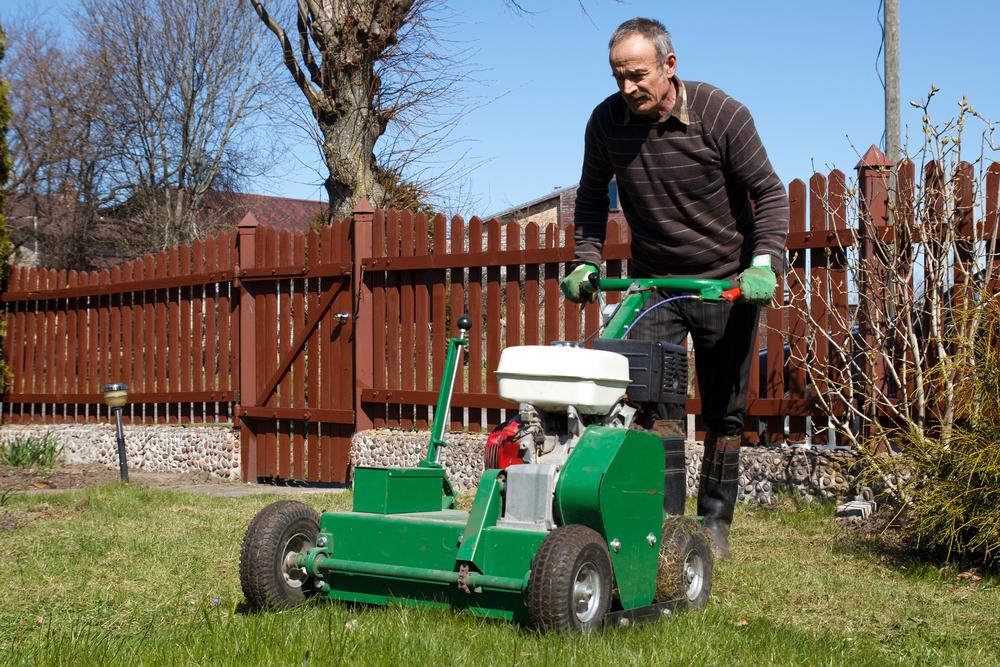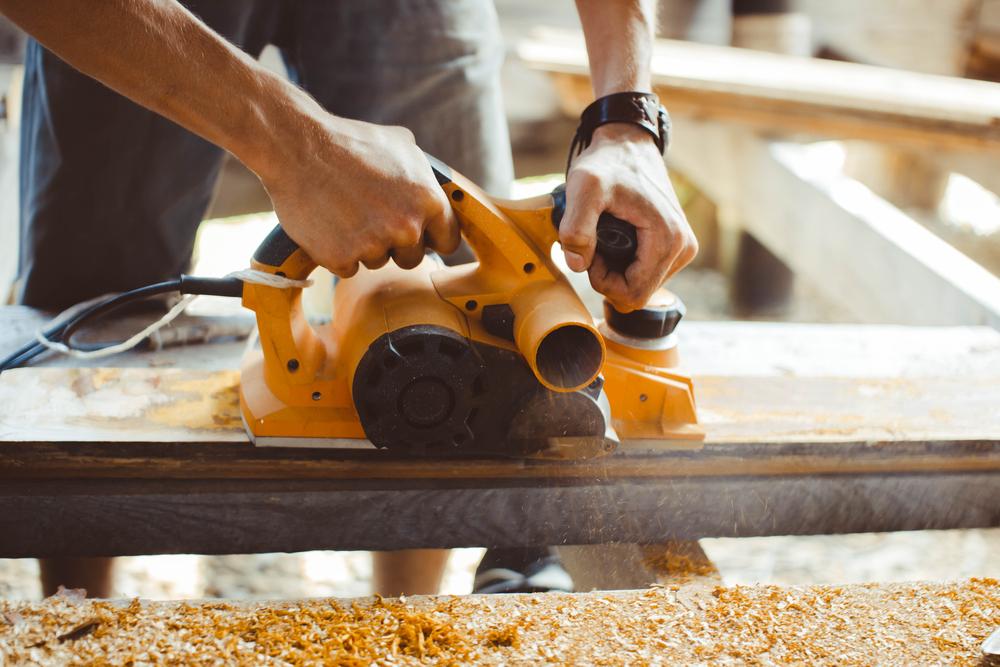Essential Tools and Equipment Every Homeowner Should Own
Build a versatile toolbox with essential machinery perfect for DIY home improvements. Starting with tools like a miter saw, cordless drill, circular saw, jigsaw, and table saw ensures you're prepared for most projects. Expand your collection over time with additional equipment to tackle bigger tasks and home repairs confidently.
Sponsored

Moving into a new house often inspires you to buy new furniture, décor, and paints to enhance its look. However, the most important investment is a set of reliable tools and machinery that will enable you to handle various DIY projects over the years. While building a collection might seem daunting at first, starting small is perfectly fine. These core tools will serve as a foundation for many home improvements and repairs in the future.
Compound Miter Saw
Also known as a chop saw, this tool can precisely cut across the grain of lumber. Use it for crown molding, baseboards, or trimming, as it handles cross cuts, bevels, and angled cuts with ease. It’s so versatile that it can even assist in framing an entire house when needed.
Cordless Drill
A battery-powered drill is a powerful, portable device perfect for drilling holes and driving screws around your home. Modern models feature clutches that prevent overdriving and can perform multiple tasks on a single charge, making it an essential and versatile tool for DIYers.
Circular Saw
This portable saw can cut through various materials such as wood, concrete, ceramic, brick, glass, and even metal, depending on the blade used. Whether creating openings in walls or cutting fence posts, it’s an invaluable tool for serious home projects.
Jigsaw
Known for its maneuverability and lightweight design, the jigsaw excels in making curved cuts and plunge cuts. It’s perfect for creating holes for sinks, electrical outlets, or intricate woodworking designs like fretwork and scrollwork.
Table Saw
The table saw is ideal for rip cuts, angle cuts, and cross cuts along the grain. By adjusting the blade’s depth and angle, you can cut wood precisely and safely. While it’s not recommended for cutting plywood sheets, it’s excellent for making custom sizes for shelving, workbenches, or ground supports. As your skills grow, you can expand your collection with tools such as an air compressor, planer, sander, or band saw.






